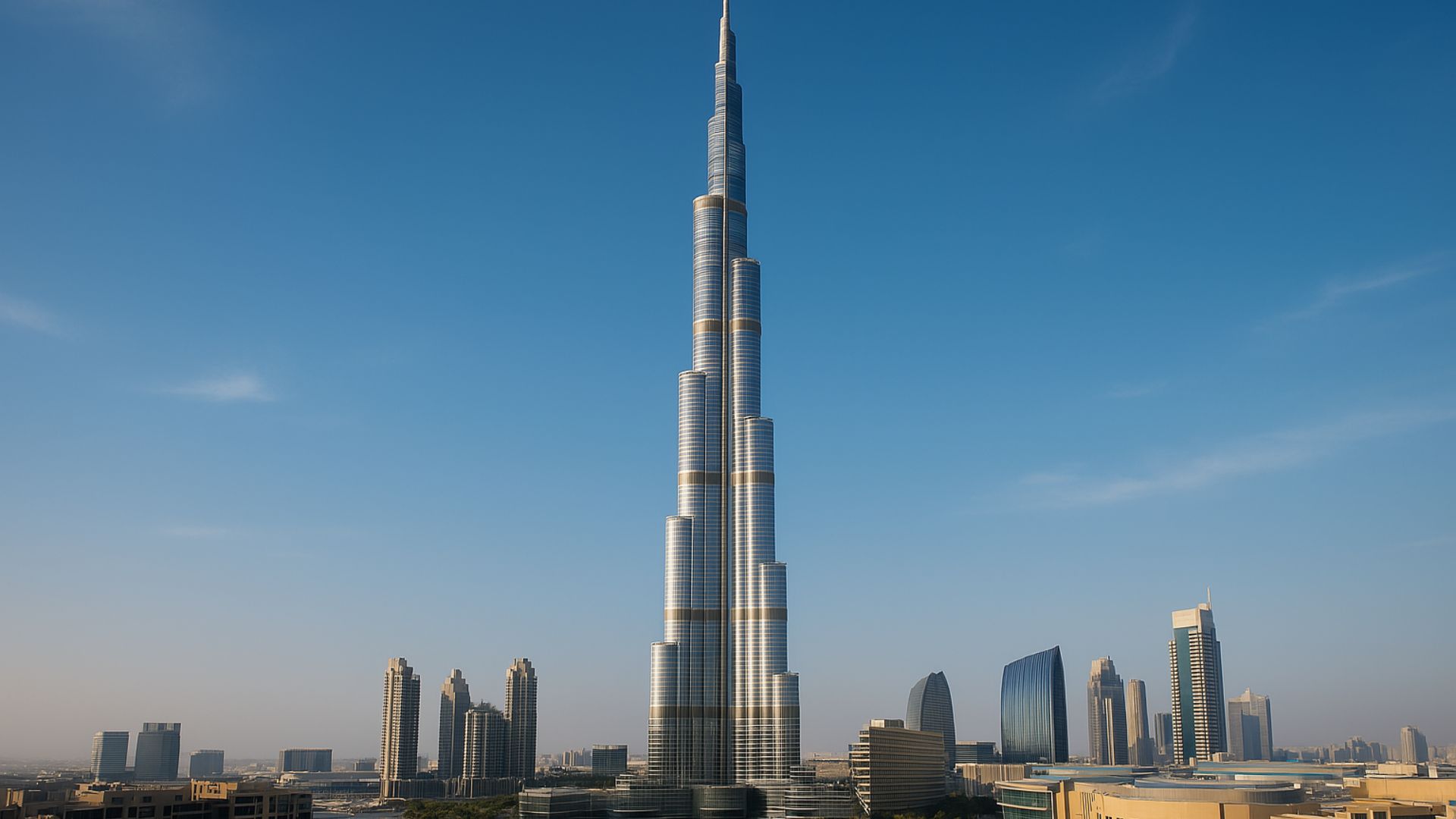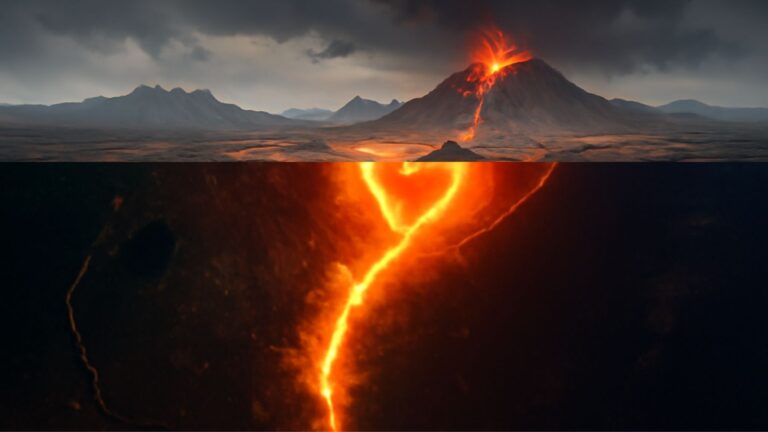Burj Khalifa in Dubai: The World’s Tallest Architectural Marvel and Engineering Wonder
The Burj Khalifa in Dubai, UAE, is the tallest skyscraper in the world, standing at an astonishing height of 829.8 meters (2,722 feet) — over half a mile into the sky. Since topping out in 2009, it has held the record as the world’s tallest man-made structure, surpassing Taipei 101. This megatall skyscraper is not only a symbol of Dubai’s futuristic vision but also an extraordinary feat of engineering, design, and ambition.
History and Development of Burj Khalifa in Dubai
Construction of the Burj Khalifa began on January 12, 2004, and the exterior was completed by October 2009. The tower officially opened on January 4, 2010 as the centerpiece of the Downtown Dubai development. Initially named Burj Dubai, it was renamed in honor of Sheikh Khalifa bin Zayed Al Nahyan, the then-President of the UAE, following financial support from Abu Dhabi during Dubai’s economic crisis.
The project was designed by Skidmore, Owings & Merrill (SOM), with chief architect Adrian Smith and structural engineer Bill Baker leading the team. Samsung C&T from South Korea, along with BESIX from Belgium and Arabtec from UAE, undertook the construction.
Architectural and Engineering Features
Inspired by Islamic architecture such as the Great Mosque of Samarra, Burj Khalifa features a Y-shaped tripartite floor plan optimizing residential and hotel space. The tower uses a buttressed core structural system that supports its immense height, allowing it to withstand Dubai’s strong winds and seismic activity.
Height: 829.8 meters (2,722 feet) including a 244-meter (801-foot) spire.
Floors: 163 floors above ground.
Elevators: 57 elevators and 8 escalators, including the world’s fastest double-deck elevators reaching speeds of 10 m/s.
Materials: Over 330,000 m³ of concrete and 55,000 tonnes of steel rebar were used, including steel recycled from the Palace of the Republic in East Berlin.
Cladding: The building is clad in 26,000+ reflective glass panels to reduce heat absorption in the desert climate.
Sway: The tower sways approximately 1.5 meters (4.9 feet) in strong winds, a crucial safety feature.
Water & Cooling: Uses nearly 946,000 liters of water daily, with an advanced air conditioning system drawing cool air from upper floors.
Records and Milestones
Burj Khalifa holds numerous world records including:
- Tallest freestanding structure on Earth.
- Tallest skyscraper to the top of its antenna.
- Highest occupied floor.
- Highest outdoor observation deck at 555 meters.
- World’s highest swimming pool on the 76th floor.
- Longest travel distance for elevators (504 meters).
- Highest vertical concrete pumping during construction at 606 meters.
Cultural and Economic Significance
Burj Khalifa is a symbol of Dubai’s transformation from an oil-based economy to a global hub for tourism and luxury real estate. It anchors the Downtown Dubai district, which includes the Dubai Mall, Dubai Fountain, luxury hotels, and residential towers. The building has boosted tourism significantly, with millions visiting the observation decks annually.
The tower also hosts the Armani Hotel Dubai and numerous luxury residences and offices. Its completion coincided with the 2008 financial crisis, leading to initial slow occupancy, but it eventually became a sought-after address.
Must Read: The Woman Who Lived in a Shoebox but Owned a Castle
Unique Facts About Burj Khalifa
The building was designed to resemble the Hymenocallis flower, a desert lily.
Over 1,000 pieces of artwork decorate its interiors.
The spire’s steel weighs 4,000 tonnes and contains communications equipment.
Windows cleaning takes 3-4 months with 36 workers using specialized equipment.
The Dubai Fountain at its base is the world’s largest choreographed fountain system.
Residents above the 80th floor see the sunset several minutes after those at ground level, affecting fasting times during Ramadan.
Controversies and Challenges
The construction workforce was mainly composed of South and East Asian migrant workers, often facing harsh working conditions and low wages. The project required over 22 million man-hours and involved advanced engineering to overcome weak bedrock and desert sandstorms.
Visiting Burj Khalifa
Visitors can access the At The Top observation decks on floors 124, 125, and 148 for breathtaking panoramic views. Ticketing is recommended in advance to avoid crowds, especially at sunset. On clear days, views can extend over 95 miles (153 km), even reaching the shores of Iran.
Conclusion
The Burj Khalifa is much more than a skyscraper; it is a testament to human ingenuity, ambition, and Dubai’s bold vision for the future. Combining advanced engineering, stunning design, and cultural symbolism, it continues to inspire millions around the world and remains a must-visit landmark.







